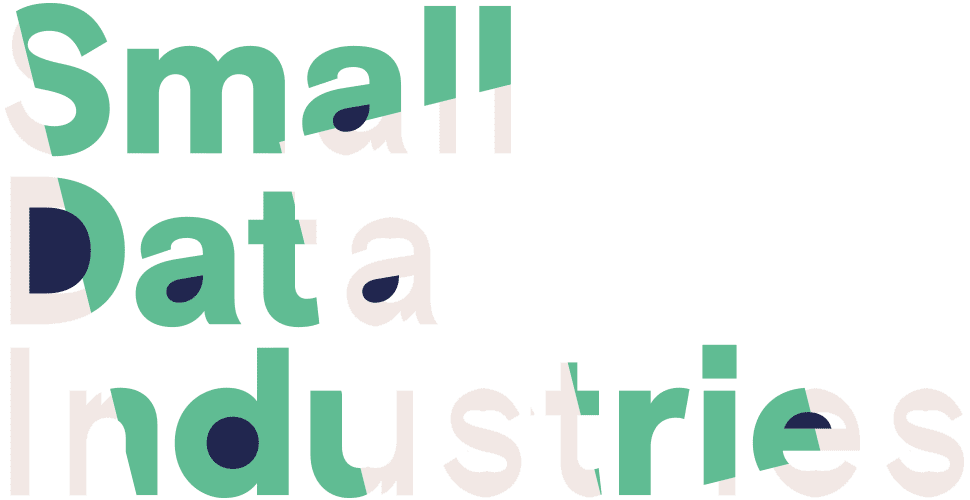Architecting The Whitney Museum’s Digital Repository
WE ARE EXPERTS IN HELPING INSTITUTIONS FIND THE RIGHT FIT, AND SYSTEMS-BASED SOLUTION FOR THEIR DIGITAL PRESERVATION NEEDS.
As the preeminent institution devoted to the art of the United States, the Whitney Museum of American Art presents the full range of twentieth-century and contemporary American art, with a special focus on works by living artists. The Whitney is dedicated to collecting, preserving, interpreting, and exhibiting American art, and its collection—arguably the finest holding of twentieth-century American art in the world—is the Museum's key resource.
Innovation has been a hallmark of the Whitney since its beginnings. It was the first museum dedicated to the work of living American artists and the first New York museum to present a major exhibition of a video artist (Nam June Paik in 1982). This innovation continued, as over the course of the late 20th century, the Whitney Museum amassed a singularly comprehensive collection of time-based media art.
INSTALLATION VIEW OF DREAMLANDS: IMMERSIVE CINEMA AND ART, 1905-2016 (WHITNEY MUSEUM OF AMERICAN ART, NEW YORK, OCTOBER 28, 2016-FEBRUARY 5, 2017). FRANCES BODOMO, AFRONAUTS, 2014. PHOTOGRAPH BY RON AMSTUTZ
INSTALLATION VIEW OF DREAMLANDS: IMMERSIVE CINEMA AND ART, 1905-2016 (WHITNEY MUSEUM OF AMERICAN ART, NEW YORK, OCTOBER 28, 2016-FEBRUARY 5, 2017). ALEX DA CORTE AND JAYSON MUSSON, EASTERNSPORTS, 2014. PHOTOGRAPH BY RON AMSTUTZ
WE VALUE OUR INDEPENDENCE, AND HAVE NO BIAS FOR ANY PARTICULAR SYSTEM. YOUR TEAM’S NEEDS, AND CAPABILITIES ARE WHAT MATTERS MOST.
The challenge
Having built an incredible collection of time-based media art over the course of the 20th century, the Whitney sought a repository to store, protect, and provide secure access to the digital assets of time-based media art in their permanent collection. When the Whitney Museum set about to build a new location for the museum, they hired world renowned architect Renzo Piano. When they set about to establish critical digital preservation infrastructure for their collection, they hired Small Data Industries. The Whitney needed a comprehensive digital preservation and access system that met the needs of a broad array of stakeholders across numerous departments within the institution.
WHITNEY MUSEUM OF AMERICAN ART AND THE HIGH LINE, 2015, LOCATED AT THE CORNER OF WASHINGTON STREET AND GANSEVOORT STREET, NEW YORK. PHOTOGRAPH BY ED LEDERMAN
DISCUSSING A METADATA MIGRATION PLAN AT SMALL DATA INDUSTRIES HQ





